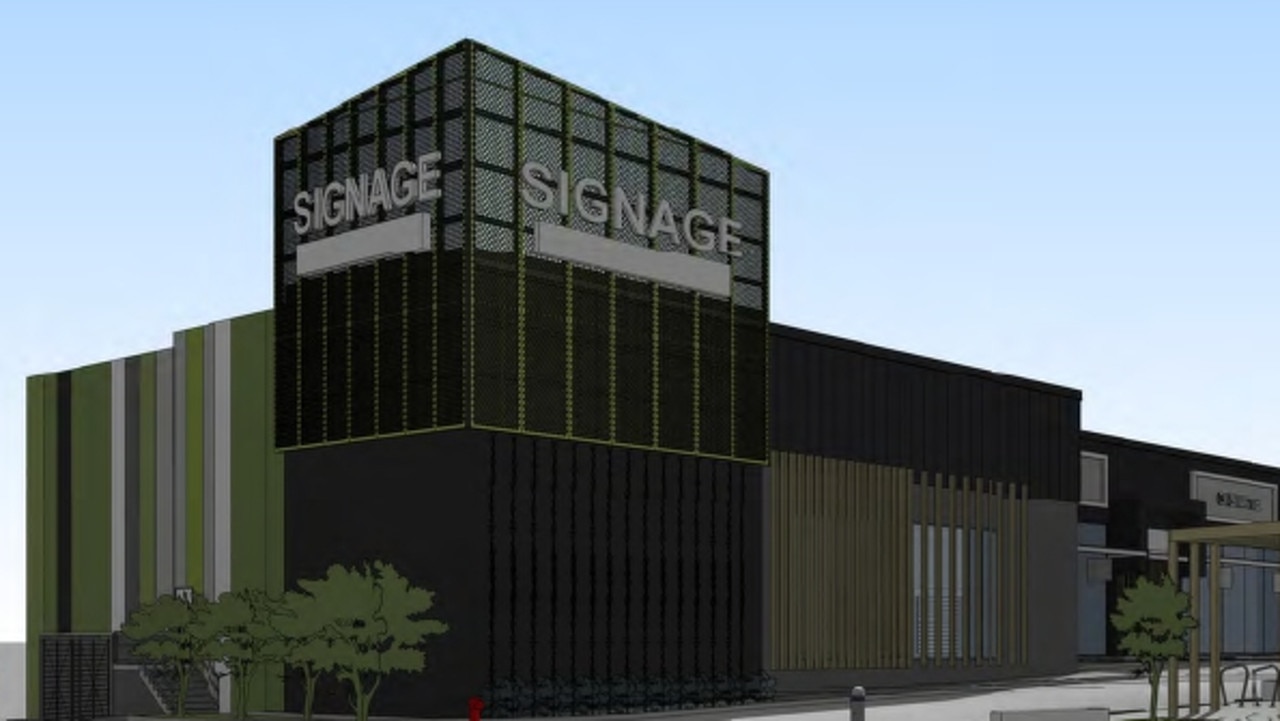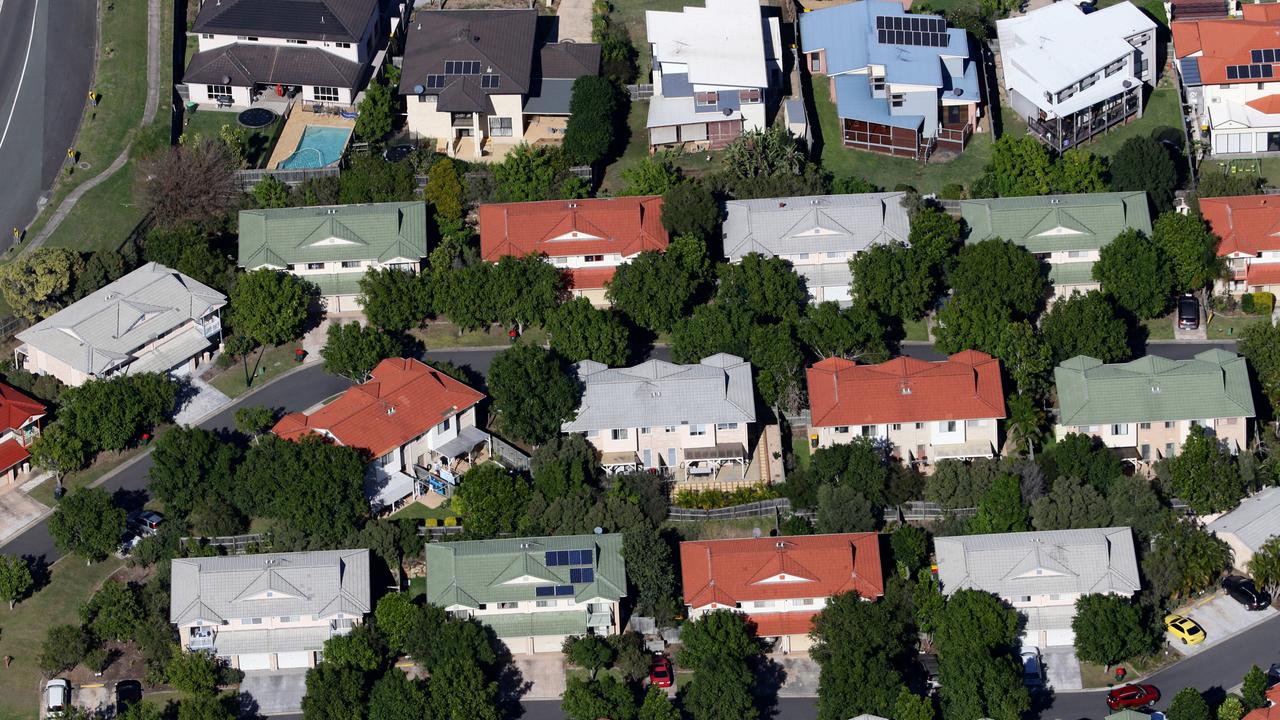Sydney housing crisis: Build-to-rent planned to boost housing stock, affordability
A new housing model is coming to Sydney aimed at those who may never be able to afford – or want – to get on the property ladder. Experts predict it may even drive down rental prices.
Property
Don't miss out on the headlines from Property. Followed categories will be added to My News.
Major developments built exclusively for renters are the latest trend to emerge in Sydney’s housing market.
‘Build-to-rent’ projects are being planned in suburbs including Wolli Creek and Parramatta following State Government changes to planning and tax regimes aimed at encouraging the rental housing projects to get off the ground.
Unlike most run-of-the-mill rentals, the build to rent model is billed as offering tenants long-term security over their lease with renters often allowed to make changes to units such as painting bedrooms, knocking nails in walls to hang pictures and in some cases keeping pets.
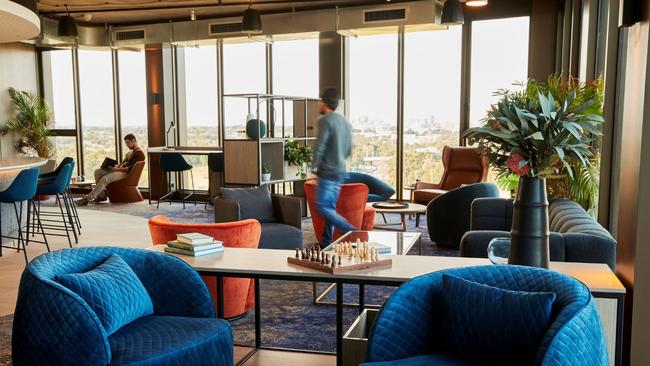
Instead of paying rent to private landlords, renters pay directly to corporations that manage the complexes – typically the same developers behind their construction.
Developer giant Mirvac is one the companies on board with the housing model after launching its first build-to-rent project in Sydney with 315 units at Sydney Olympic Park last year.
Already a major housing player in countries such as the UK and US where long-term renting is more widely accepted than Australia, supporters of the housing model say it could present an answer to Sydney’s rental market woes.
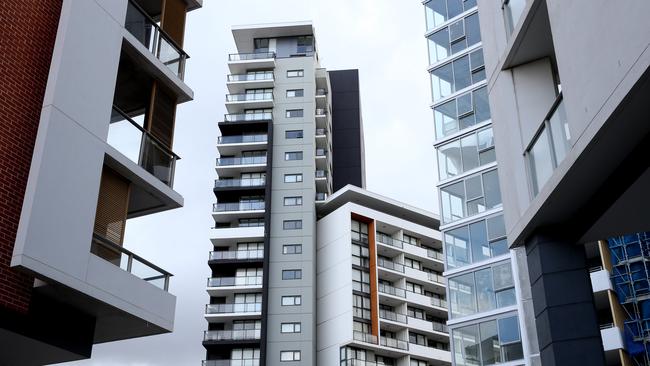
Fraser Property, which is behind one of the new planned developments in Wolli Creek, said the scheme offers more security of tenure for residents along with access to “lifestyle amenities” that may not come through stand-alone rentals or homes.
“We see build-to-rent evolving organically in the Australian market to add diversity and offer greater choice for people,” a Fraser Property spokeswoman said.
“The rent model has the potential to contribute to improved affordability outcomes through the provision of greater choice as part of a broader housing solution.”
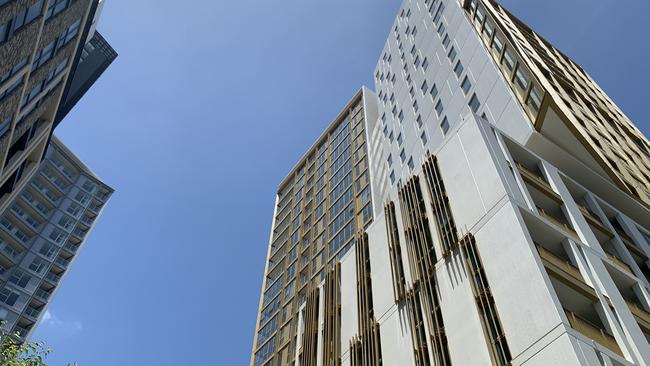
The State Government is actively encouraging such developments after finalising planning frameworks in February that treat build-to-rent as state significant developments and benefiting from 50 per cent land tax discounts.
The Property Council said it could provide a “shot in the arm” to Sydney’s housing market and “improve the rental experience greatly as overseas experience has shown.”
But a professor at the University of NSW City Futures Centre said it may not be a quick-fix to the Sydney’s affordability squeeze.
“These types of development are marketed on ‘quality of product’ not economy of rent,” UNSW professor Hal Pawson said.
“However, if the sector was to expand in a big way, it would put some downward pressure on rents across the whole market, which could have a positive impact in terms of wider housing affordability – by dampening rents more broadly.”
NewsLocal takes a look at some of the projects in Sydney:
THE CBD
Oxford Property has been given the green light for a 234-unit build-to-rent project on top of the new Pitt Street Metro Station in the CBD.
The development is described as offering renters amenities such as front of house hotel style concierge and customer service, dedicated onsite management and maintenance service along with community functions to drive friendship and a sense of belonging.
Renters would have enhanced security of tenure with genuine options for long term occupancy and there are plans to include pet‐friendly apartments within the development.
Oxford Property already owns and operates various other build to rent projects around the world including the Hudson Yards development in New York and said it “would apply this learned knowledge to Sydney to deliver Pitt St”.
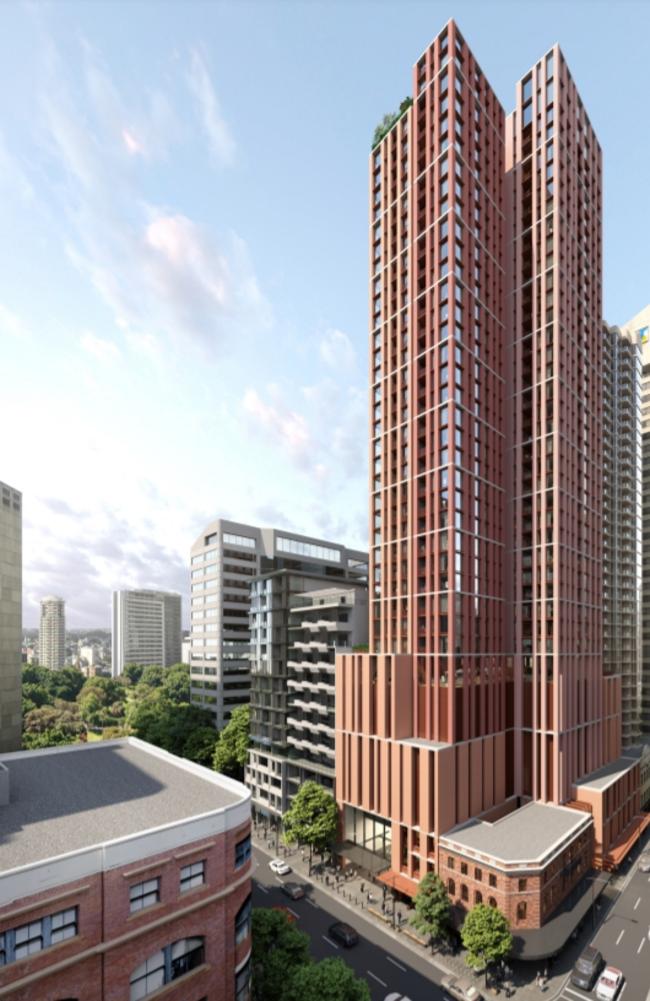
The company has identified four types of tenants it expected to fill the units once built – those being: power commuters, experience collectors, neo families and downsizers.
Power commuters are described in plans as those governed by project timelines, calendars, and meetings; experience collectors are those unable or unwilling to purchase property and “prefer the freedom to choose how and where they live”, and neo families are those “spearheading the age of re‐engagement from climate rallies to Vivid Live and seek out activities for their children and need access services that support this’’.
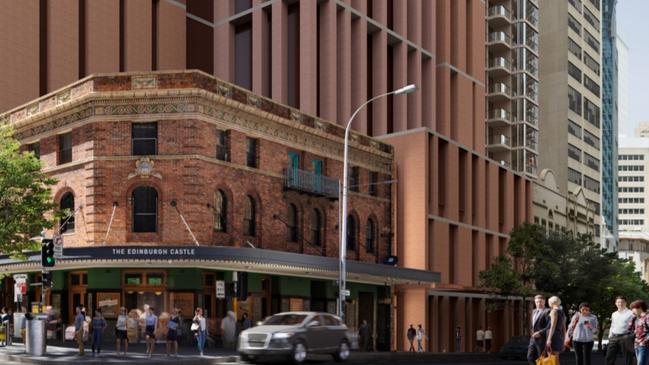
“There is a growing demand for professionally managed residential accommodation that is located close to areas of employment, with build to rent being more affordable and flexible to many than the ‘Australian dream’,” the plans stated.
REGENTS PARK
Five buildings with 567 units feature in a sprawling build-to-rent project proposed at Regents Park.
Plans by 30 Auburn Road Pty show the development would stand up to 12 storeys tall and include 13,000 sqm of landscaped area with a 3000 sqm central park
The $162 million project would be built on the site of a former warehouse at 30-46 Auburn Rd and there’s a pledge to offer 50 per cent of units to renters at affordable rates.
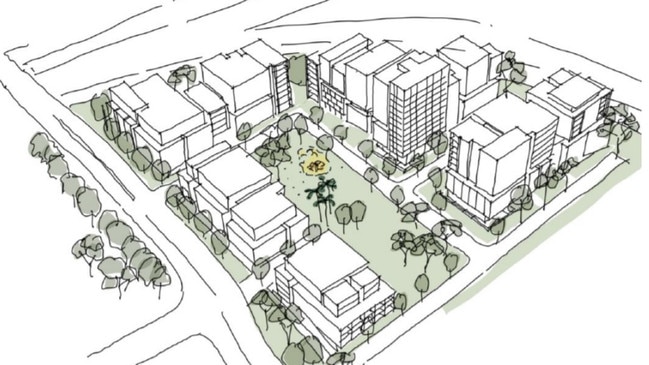
Plans stated it could boost housing-stock in the Bankstown region where 2016 census data showed the median household weekly income was $1322 compared to $1745 for the rest of Sydney.
“The development provides a significant opportunity to provide a considerable quantity of affordable housing in one of the worst areas of Sydney for housing stress,” the plans stated.
The project would also include 500 carparks and shops.
WOLLI CREEK
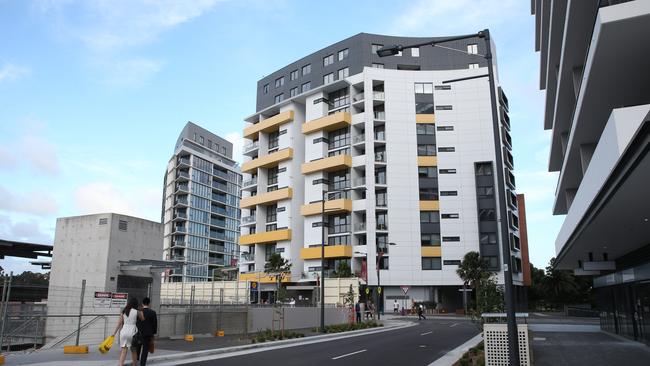
Early plans are underway for a 10 storey build-to-rent housing project next to Wolli Creek station.
The project would include retail outlets, landscaping and a new train station entrance.
Developer Frasers Property would build and manage the development and would be responsible for reviewing rental applications similar to on-market housing.
Frasers said units would be offered to renters at market rates.
Detailed plans are expected to be released in coming months and if approved construction would begin in 2023.
The proposed project would be Fraser’s second build-to-rent development in Australia after partnering with the Queensland Government on a similar project in Brisbane.




